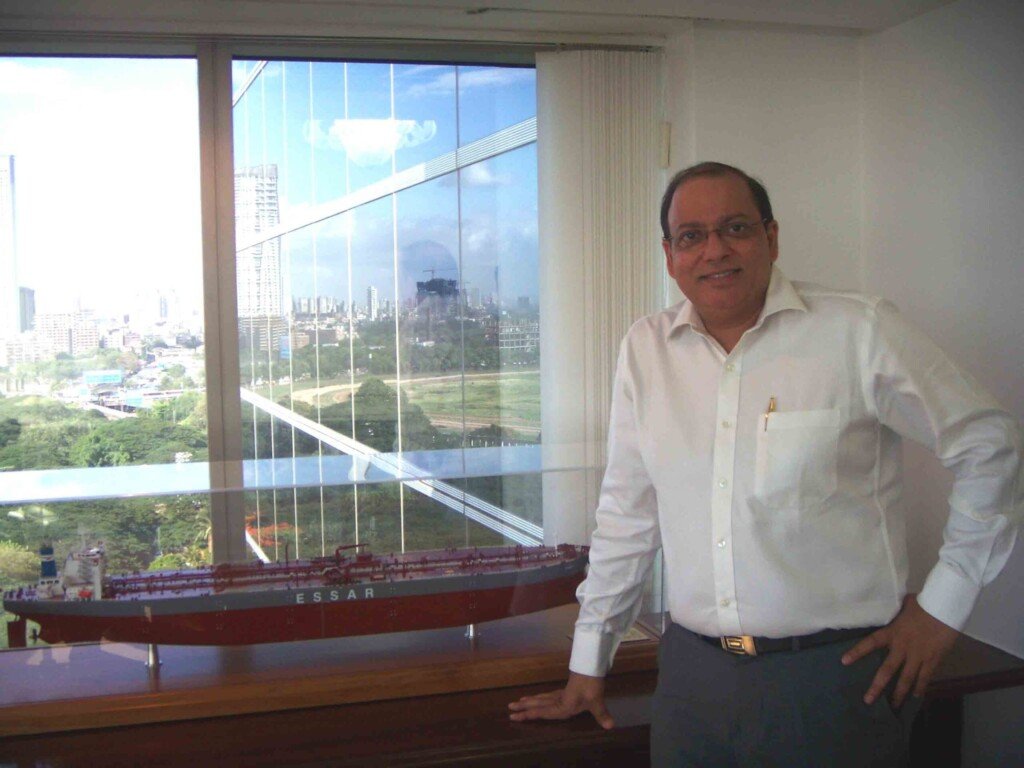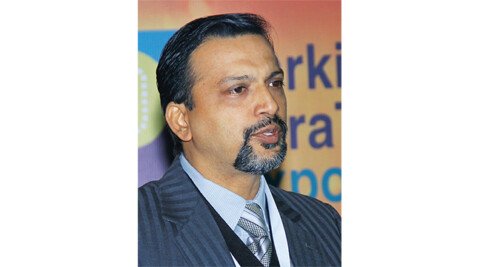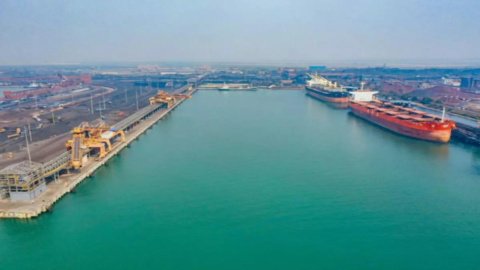Though port development in India hasn’t been impressive, the government is now taking proactive steps to modernise ocean gateways in league with the port operators and industry stakeholders, considering the key issues pertaining to logistics infrastructure and commerce. There is a great deal of awareness and renewed focus in the Ministry of Ports, Shipping and Waterways to accord high priority for port, shipping and waterways development. The government has brought in a new Port Authority Bill, the Merchant Shipping Act and a Bill for development of coastal shipping. It has also formulated a detailed developmental plan under ‘Maritime India Vision 2030’ for qualitative and quantitative upgradation of Indian ports, shipping and waterways to be able to deliver holistic cargo solutions to customers and promote greater supply-chain efficiency. The aim is to increase India’s export-import (EXIM) cargo volumes by improving connectivity through enhanced coastal shipping. This would further involve development of smaller ports and their inter-linking with ‘Major’ ports, among other aspects. Meanwhile, port authorities should continue to review that the maritime hotspots remain abreast of emerging industry trends and new technologies and that the sustainability plans are dynamic. This will make the industry confident on investments overtime, helping deliver positive results by unlocking capacities for the trade to consider and employ.
Better quantifying the gap between supply and recommended consumption levels
The outbreak of the COVID-19 pandemic affected the whole world with unprecedented consequences on the global economy which led to dramatic changes in how businesses were conducted and how consumers behaved.
However, the situation now is far better than what it was in the first two quarters of 2020. Port activity is certainly gaining momentum but the revival of the sector would be gradual. It will entirely depend on how quick the gap between the demand and actual consumption is met. At Essar Ports, we are already operating at almost near pre- COVID levels.
‘Make in India – Make for World’ through an integration with the global economy
For Major ports, the recovery from April has been significant and cargo handling has now reached around ~90% of pre-COVID levels.
Essar Ports was impacted during the month of April. Post that, we have seen a V-shaped recovery. The above is a confirmation that things have normalised and capacity is drifting back to pre-COVID levels.
I believe that with the focus on atmanirbharta, we are well on track to become a USD 5 trillion economy, wherein ports and shipping sector will play a pivotal role. Demographic, Behavioural, Technology and Sustainability would be key drivers for the port industry of tomorrow as the same will shape demand and supply.
An adaptive technology-driven masterplan for port vision
Implementation of technology in the ports sector has enabled better customer service, environmentally conscious/eco-friendly operations, faster turnaround of vessels, reduction in costs of operations, improved efficiencies and better controls.
Technology is enabling the digital ports of the future with advancements in IoT, AI, Blockchain, automation, propelled robotics in production processes, drones, virtual workplace through seamless connectivity, etc.
Transparency for ‘smart ecosystem’ in global shipping to take form
The sector has seen transformation from non-mechanised to mechanised handling and has imbibed technology at every step. As the world becomes flat, ports have evolved into globally connected nodes, and customers want the visibility of their cargo in real-time. With data and technology playing a pivotal role, the aspects of transparency and traceability has improved. At the push of a button, one can find out the location of the ship and their cargo and accordingly plan other activities.
Stevedoring evolving alongside tech deployment
Implementation of digitalisation and automation would require proper understanding of technology by the workforce in order to ensure a sustainable edge. This will need huge investments to enable training, workshops, learning and unlearning, reskilling and upskilling of employees to meet the required digitally skilled workforce of the future.
All our facilities are conceptualised as mechanised facilities where information and cargo flow is seamless. In view of the same, we not only invest in our infrastructures but also resources so that we are future ready.
Reimagining the post-COVID-19 return
Companies will need to rethink their business strategy and reinvent themselves with digital strategies at core to gain sustainable edge.
Digitisation and mechanisation will undoubtedly play a pivotal role, going forward. Technology will act as a catalyst and will be implemented at every level of the business– digital customs clearance, e-bunkering, e-berthing, optimisation through new models, use of AI at terminals for operations and maintenance and safety and security, etc.
Good governance, assurance and improvement
In these times of uncertainty, we are all striving to survive and ensure business continuity. As the pandemic continues to affect all facets of the supply chain, the government’s ambition of ‘Atmanirbhar Bharat’ will bring a new change in the business eco-system. It’s an opportunity for the local manufactures and for us to develop localised supply chains that would reduce exposure to supply chain disruptions. The move will definitely give the desired push to the economy and a big boost to ports, shipping, coastal and inland waterways transport.
We expect ports and shipping and allied industries to jointly play a pivotal role in port-led developments while smartly adapting to the new ‘next normal’.
At the nexus of a new, emerging ecosystem
Essar has been a pioneer in coastal shipping and will continue to dominate the market. It has taken the lead as early as 1970s and made significant investments in steel, ports and shipping sectors linking production and consumer centres, along the coasts of India. Bringing together raw material and consumption centres has been at the heart of Essar’s philosophy. Iron ore pellets are moved from East coast to West coast and finished goods between West coast to East coast.







